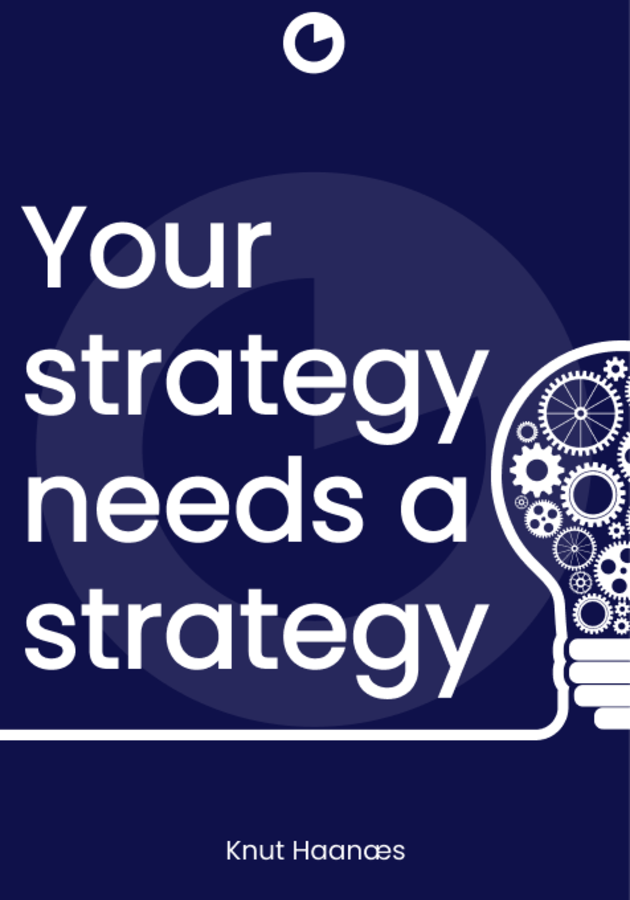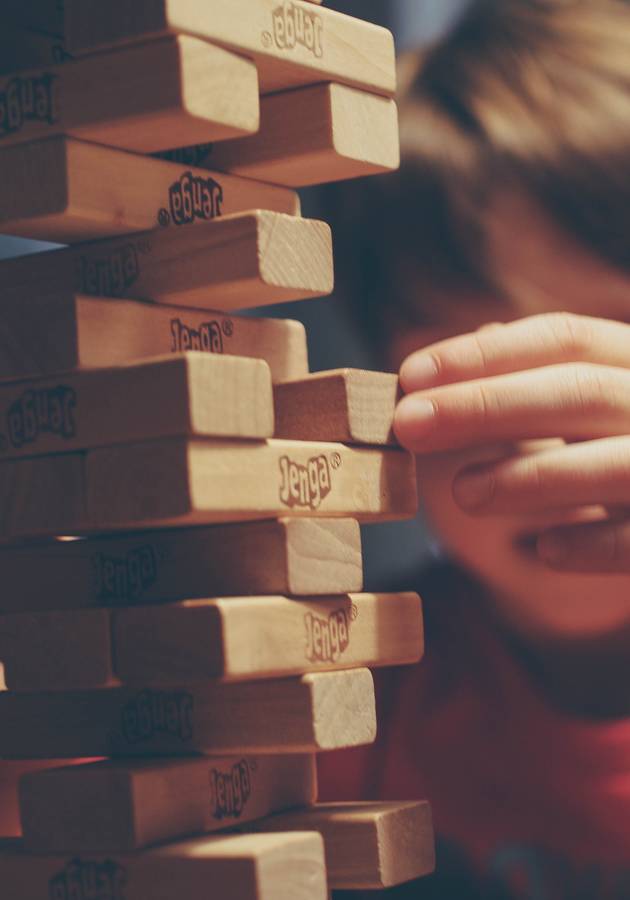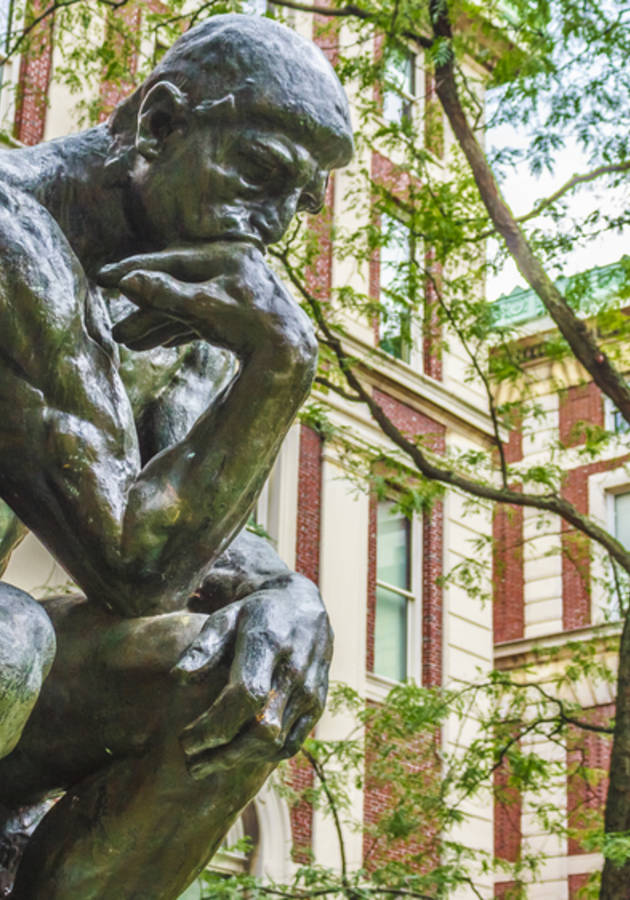If you’re like most people, there’s a good chance that you will be distracted by notifications on your phone before you get through reading (listening?) this 12min summary. In the modern world, many people are addicted in some form or another to their phones and computers. Cal Newport’s book “Digital Minimalism: Choosing a Focused Life in a Noisy World” offers a new approach to find balance in this way of life. So, get ready to learn how to make technology a healthier part of your life!
The case for digital minimalism
Newport begins with a quote from blogger and commentator Andrew Sullivan: “An endless bombardment of news and gossip and images has rendered us manic information addicts. It broke me. It might break you, too.” He’s not wrong. Our modern technologies are quite addictive, some accidentally and some by design. But the negative effects are many: losing our sense of self and control, losing the ability to truly connect with others (despite connection being one of technology’s purposes), and losing our sense of mental well-being. All of this results in the “fraught relationship” people now have with technology, which “mixes harm with benefits.”
There are some quick fixes for this, such as turning off notifications and keeping your phone away from your bed at night, but ultimately, these are not enough to really address the problem. We need a “philosophy of technology use” based on our values that helps guide which tools we should use and how we should use them - and which to let go of completely. Cal Newport’s philosophy of digital minimalism offers hope. As he explains, “less can be more to our relationship with digital tools.”
The idea of digital minimalism is based on older ideas from historical figures such as Thoreau and Aurelius, who advocated for the simplest life possible, but adapted to the technology age. Though it might seem counterintuitive, “the key to thriving in our high-tech world ... is to spend much less time using technology.” The idea is not to give up technology completely, of course, but to limit it strategically “to focus on a small number of high-value activities.” Newport’s goal is to make the case for digital minimalism, explain what it involves and why it works, and then how to implement it into your digital life.
The book is divided into two parts: first, Newport explores the “philosophical underpinnings” of digital minimalism, why people’s digital lives are “increasingly intolerable,” and why his idea to change this is the best solution. Second, Newport offers suggestions to help “cultivate a sustainable digital minimalism lifestyle,” which includes things such as practicing “solitude” and “high-quality leisure.” Believe it or not, your life and relationships will actually improve by doing this! While our addiction to tech is certainly a very serious problem, that doesn’t mean it can’t be solved. We just need a “philosophy that prioritizes long-term meaning over short-term satisfaction.” Digital minimalism teaches us to do just that.
The philosophy behind digital minimalism
While there have been technological advancements throughout history, the era we are currently living in has been especially affected by huge changes in technology. We are more connected than we ever have been before, and can do many things that were previously impossible. The problem, however, is that many of the changes resulting from advancements such as Facebook and the iPhone were “unexpected and unplanned.” Few predicted that they would play as large a role in our lives as they do now, because it all happened so quickly. None of us “signed up” for this, but it’s now our reality. This is not to deny the many benefits of these tools, but rather to acknowledge that many of us don’t feel in control in using them. This all may seem accidental to us, but the truth is that we were “pushed” into this situation by the “high-end device companies and attention economy conglomerates” who saw the huge money-making opportunity in this new world.
The dark truth about these technologies is that we are addicted to them, to some extent. Newport uses examples of two experts to illustrate this. Tristan Harris, a whistleblower who formerly worked at Google, exposed that the company uses “carefully engineered design features” to make us compulsively check our accounts. As he puts it, it’s like having a “slot machine” in our pockets. Adam Alter, a marketing professor at NYU, similarly discovered that the biggest factor that shapes our lives today is the use of our screens, which led to the idea that we have an addiction to them.
This digital addiction may not be the same as an addiction to cigarettes or alcohol, but it does have “rewarding effects” that can cause similar compulsive behavior “despite detrimental consequences.” Having our phones constantly available drives us to keep checking them more and more often, to the point where we don’t want to, or can’t do, anything else. The two main forces driving this compulsive behavior are “intermittent positive reinforcement” and “the drive for social approval.”
Think of when you post something on Facebook or Instagram, hoping for “likes.” Or, consider how often you have gone down the proverbial rabbit hole of links or videos on a certain topic when you realize how much time you’ve wasted. Tech companies understand these behaviours, and intentionally design their apps and sites to encourage it. For example, Facebook has a red notification symbol to stand out on your homescreen. These tools didn’t have to be designed this way, but they were - in order to keep your “eyes glued to screens.” Getting “likes” means you are getting attention, and people are thinking about you. All of this may feel like we are just weak or flawed, but in reality, this is exactly how the tech companies designed it to be. In many ways we have lost our autonomy with technology, and it wasn’t exactly a fair fight. But we can get it back by adopting digital minimalism.
The principles of digital minimalism and how to start decluttering
Adopting a practice of digital minimalism is more than just disabling a few notifications on your phone. It is “a philosophy of technology use in which you focus your online time on a small number of carefully selected and optimized activities that strongly support things you value, and then happily miss out on everything else.”
There are three principles to this philosophy. The first is “clutter is costly.” Newport illustrates this with the example of Thoreau, who calculated the cumulative cost of items that we don’t really need, which, not surprisingly, can be very high. This can “outweigh the small benefits each individual piece of clutter promises.” The second principle is “optimization is important,” which refers to how we can make our tech tools work best for us in a carefully considered way. The third principle, “intentionality is satisfying,” is demonstrated by the Amish and Mennonite communities, who reject modern technologies, allowing them to live their lives more consciously, which in turn gives their lives more meaning. All of this suggests that being more selective in the tools we use will make us happier in the long run, instead of worrying about what we may be missing out on. Less is truly more. These are not easy to do, of course, but can be learned by starting a process of “digital decluttering.”
In a digital declutter, you will take a 30-day break from your “optional” tech tools, and you will use this time “to explore and rediscover activities and behaviors that you find satisfying and meaningful.” Then, once you have completed the 30 days and have a “blank slate,” you will decide which of your tech tools serve you most in your life and how exactly you will use them, based on your values. Think of this as a reset, or like decluttering your home. It’s not a detox, however, where you would just take a break and then continue as before. Newport bases his suggestions on his own experiments with people willing to try out a digital declutter for themselves. He concluded that the process does work, but can be tricky, so you need to keep a few guidelines in mind. First, define your technology rules based on what’s important to you and really use the 30 day-period as a break. Finally, reintroduce the optional tech tools back into your life in a thoughtful, minimalist way.
Practices for digital minimalism
There are various ways to cultivate a practice of digital minimalism in your life. The first is by practicing solitude, spending time alone. Abraham Lincoln did this during the Civil War to give him the peace and quiet to figure out how to proceed during a chaotic period. Not having any solitude is more and more common in our modern era, since we can simply pick up our phone and be connected to others. But solitude deprivation, where we have no time alone with our own thoughts, is not healthy and causes anxiety and other emotional issues. This is evident in the generation born after 1995 who have never lived without constant access to tech tools. People need time alone to be with their thoughts without constant distraction - we are “not wired to be constantly wired.” You can practice solitude by leaving your phone at home sometimes, by taking long walks, and by writing letters to yourself. All of these tips help your brain actually process your thoughts instead of constantly being bombarded with new notifications.
The second way to practice digital minimalism is to ignore the “like” button. This is hard to do because we are naturally wired to be social, which is where social media presents a problem: it’s a way to connect to others, but it’s simply not the same as an in-person interaction. We need communication that is “conversation-centric,” without the noise of notifications and “likes.” Try to avoid liking and commenting on social media, and schedule dedicated times for checking texts. Consider having “conversation office hours” when you’re always available to talk, undistracted by technology.
The third way is by reclaiming leisure. Newports explains the Bennett Principle, which says we should give more energy to our leisure time, or “prioritize demanding activity over passive consumption.” You can practice this by fixing or building something every week, scheduling your low-quality leisure time (including things such as Netflix and social media), and joining a group or club for more meaningful interactions and activities.
The final practice is joining the “attention resistance.” This means that you don’t have to think of using technology as an allornothing decision, but rather consider how you use it, so that it doesn’t consume your life. Ways to do this include deleting social media from your phone so you don’t have the temptation to look at it on the go, turning your devices into single-purpose computers, and using social media like a professional (not constantly checking it or relying on it for entertainment, but being more mindful of media consumption, and “dumbing down” your smartphone.)
Giving these techniques a try will go a long way toward helping you achieve digital minimalism, and a more fulfilling life as a result. As Newport sums up, digital minimalism “is much more than a set of rules, it’s about cultivating a life worth living in our current age of alluring devices.” Technology has both many positives and negatives, but the key is to use it in a way that most benefits you. Practicing digital minimalism is a great way to achieve just that.
Final Notes
Chances are you are addicted to your tech gadgets in one form or another. Digital minimalism offers an alternative way to live with technology, but in a way that you have control over how you use it - not the other way around. Once you go through the process of weeding out what’s not really important to you, you will find that you are much happier, and that less really does mean more.
12min Tip
You don’t have to reject technology completely, but it doesn’t have to take over your life either. By practicing the techniques and strategies of digital minimalism, you can allow technology to work for you instead of feeling controlled by it.





























